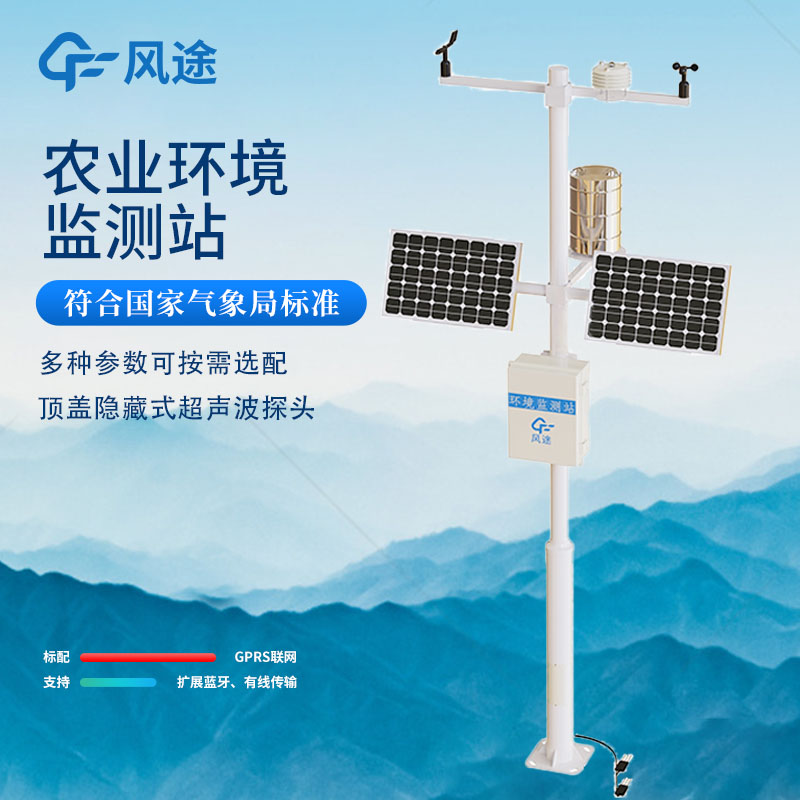Meteorological environment monitoring equipment supplier
Insist on doing high-precision customer favorite technology products
In the spring of 2024, apple orchards in the Luochuan area of Shaanxi Province suffered from low temperatures, which posed a threat to the growth of apple blossoms. In order to cope with the frost damage caused by such low temperatures, agricultural experts provided relevant weather forecasting services. However, these forecasts usually cover a wide range of areas and are difficult to be accurate to each specific orchard.
In order to cope with the low temperatures more effectively, fruit farmers refer to the weather information provided by experts and plan to gradually relocate apple orchards located in ravine areas to the mountains. Climatic conditions in the mountains are different from those below, with better air circulation and different microclimatic environments. Especially in areas like northern Shaanxi with complex terrain and many ravines, low temperatures tend to accumulate at the bottom of the ravines, leading to more severe frost damage there.
Through careful microclimate monitoring, it was found that the temperature difference between the mountain and the bottom of the mountain could be as much as six or seven degrees. Even at shorter vertical distances, such as every 100 meters of elevation change, there can be a one or two degree temperature difference. For fruit trees, this two-degree change can mean a huge difference in growing conditions. Once temperatures drop to freezing, fruit growers need to take steps to prevent further cooling from damaging fruit blossoms.
Agricultural experts use microclimate observation equipment, thermometers and various sensors in the greenhouses to analyze the data collected in depth. They use this data to predict how long the fruit blossoms will tolerate low temperatures and develop preventive measures accordingly. This precise data-based management method helps fruit farmers respond to climate change more effectively, protects crops from frost damage, and ensures the stability and safety of agricultural production.
